
3 New Major Design Details Mahindra XUV 3XO Will Pack Over...
- Apr 12, 2024
- Views : 8644

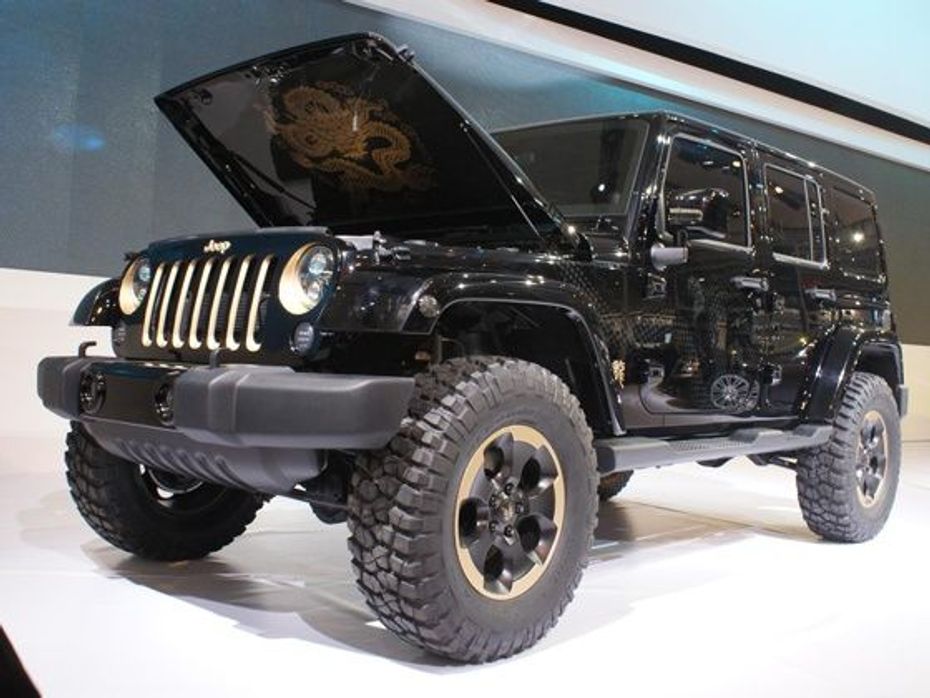
1) Go Local
International automakers made it loud and clear during the auto show that they are listening to Chinese consumers and are producing cars for the Chinese market. For example, Aston Martin and Jeep are two of many brands that decided to go for the most obvious and blunt visual approach to wooing Chinese consumers – by deploying a Dragon emblem on their latest model offerings, hoping to tap into Chinese affinity for the most powerful symbol in the Chinese zodiac.
While using the Dragon emblem might be considered flattering, automotive marketers need to be careful. Chinese consumers are increasingly becoming more global and sophisticated in their tastes, and leveraging the revered dragon could be considered pandering by some. In short, the key is to “go local” with marketing knowledge, without going provincial.
In India, knowing what appeals to consumers is equally important, For New Generation Indian Consumers (NGICs)—those born between 1975 and 1990 and members of the first generation to be exposed to a new world of ideas and like their Chinese counterparts—are more sophisticated and worldly than their predecessors. And they are also quite discerning when it comes to their vehicles. According J.D. Power research shows that one of the top reasons cited for rejecting a model is the consumer “didn’t like the exterior design.” In fact, one out of every four customers cites it as a reason for rejection, which indicates that there is much room for improvement in understanding these customers.
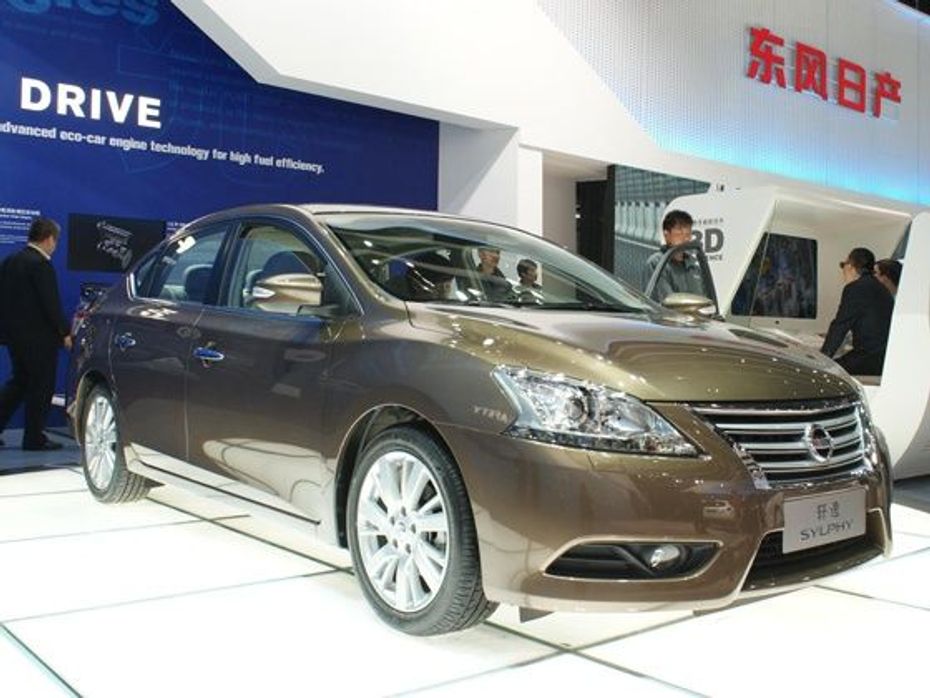
Other carmakers at the Beijing show have decided to go the practical route with good old research and observation. Nissan, for example, has recently configured the rear seating of its Infiniti cars to create a more spacious rear seating area to cater to the influx of businessmen travelling in China.
This is a cue for carmakers in India, considering that data from J.D. Power India studies show that one in five new car buyers employ a chauffeur to ferry them around in the cities. The long-held assumption that driver comfort is of paramount importance is now being questioned. Instead of pampering the driver, it is now critical to indulge the rear passengers to ensure that the purchaser of the car is happy.
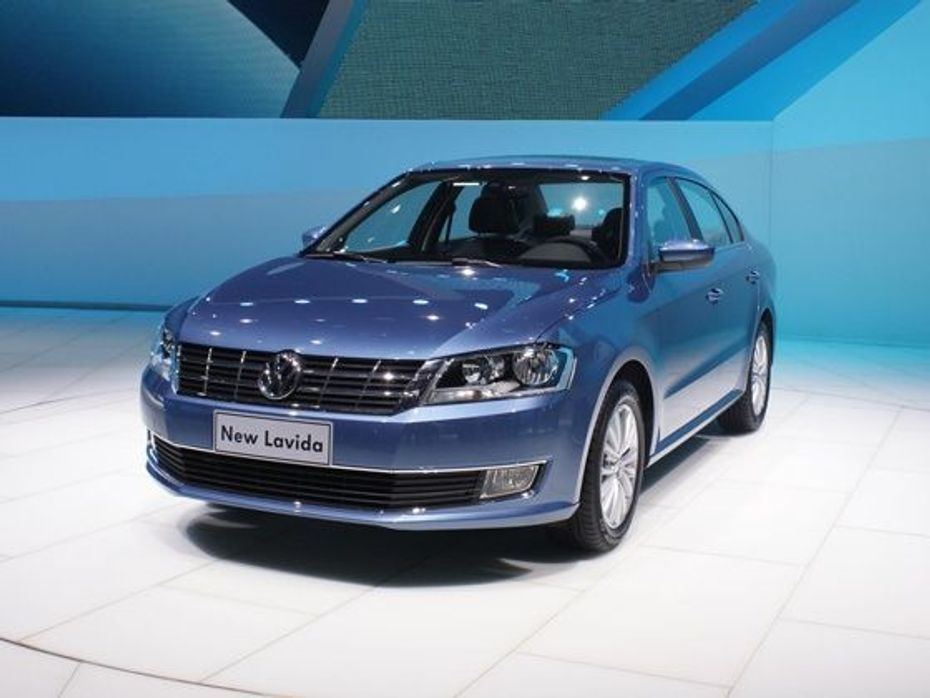
Paying heed to local sentiments in a particular auto market can certainly also be profitable. Volkswagen is by far the highest-selling automotive brand in China. Par of its success story in China is due to its strength in localizing products faster than its competitors. In India, however, Volkswagen has much to work on in this respect.
For example, findings from our 2011 India Initial Quality Study show that a higher proportion of VW customers report problems related to clutch pedal effort compared to other brands in the same segments. Consumers in India tend to use the clutch far more than their European counterparts while travelling on congested city roads, and thus require easier pedal effort.
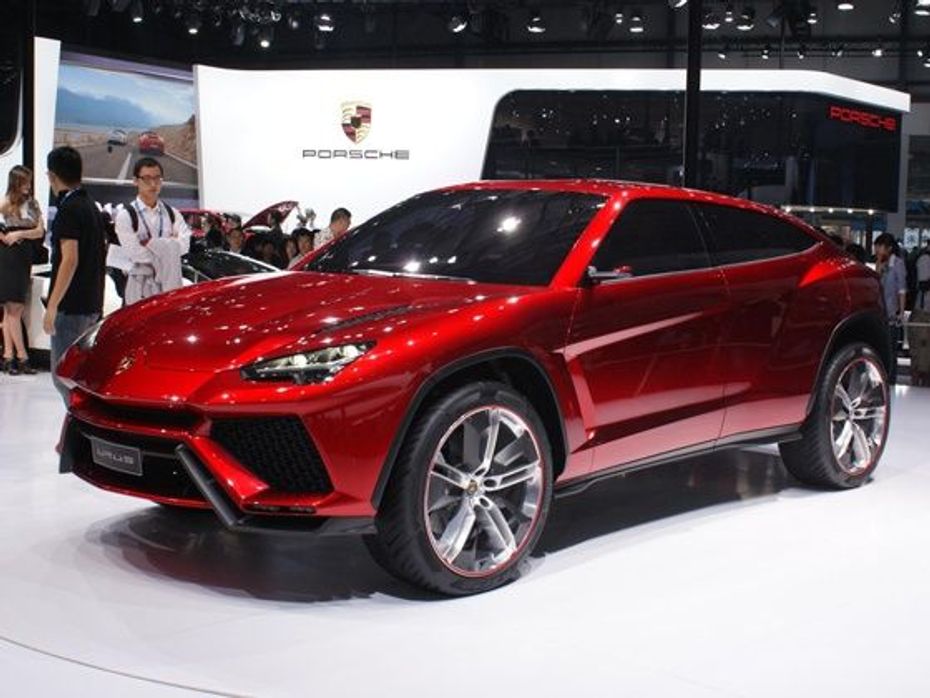
The Rise of the SUV
There is no doubt that the phenomenal growth of the SUV segment, which was evident at the Beijing Auto Show, is fuelled by rising incomes and changing lifestyles. This segment is also more insulated against rising gasoline prices as data from our China Sales Satisfaction Index Study show that buyers in this segment are less concerned with fuel economy and price, and more interested in roominess, interior comfort, and attractive styling. Moreover, luxury SUVs have become a status symbol and are seen as a clear announcement to the world that “one has arrived”.
In India, the same scenario is also being played out. Carmakers such as Toyota, BMW and Audi have recently reported that their SUVs are completely sold out for the next 2 months even at a time when there are industry fears of falling car sales for calendar 2012.
Both Chinese and Indian customers like the higher seating position of SUVs as it gives them better visibility over the traffic congestion on city roads. The average age of drivers in this segment is becoming younger and the desire of SUV buyers is to be seen as rugged yet successful. Development in the SUV segment is a must in India as it will offer a boost to an automaker’s image.
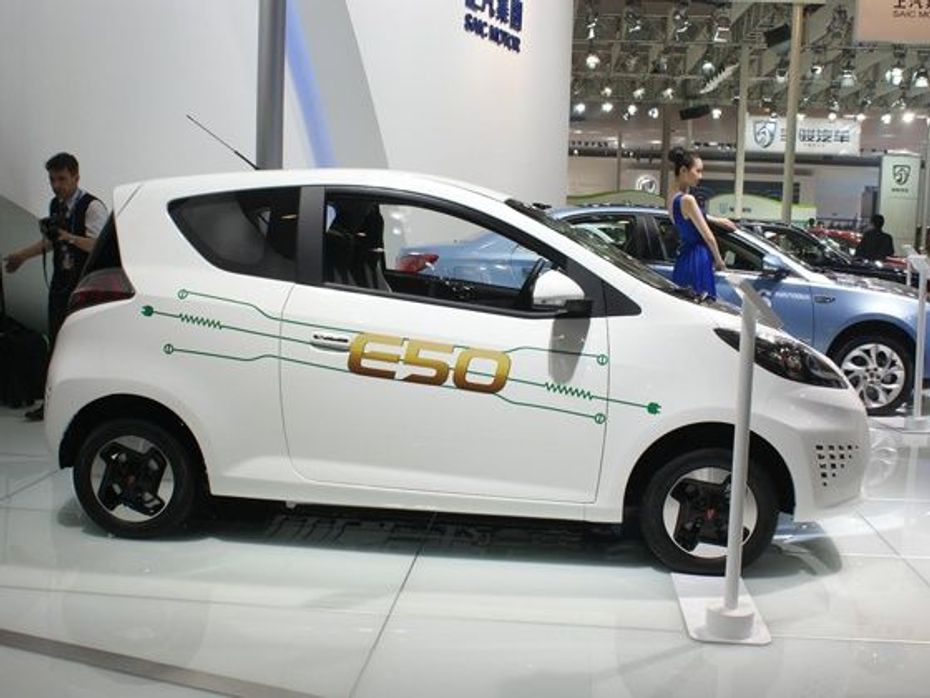
Green Vehicles are here to stay
Despite skepticism related to the low volume of green car sales, automakers were eager to showcase their green technology at the Beijing Auto Show. Like China, India’s foray into the Electric Vehicle realm is still in the very nascent stage and the future is uncertain. However, that is not stopping automakers from making huge investments in this vehicle category.
One reason is the shift in the regulatory framework for both countries. Beijing is exerting pressure on foreign carmakers to invest in the clean energy field in cooperation with their Chinese joint-venture partners. And, India’s government has proposed full exemption from basic customs duties and a concession rate on excise duties for batteries imported by electric vehicle manufacturers. All these recent developments highlight the growing focus of both governments to encourage the growth of electric vehicles.
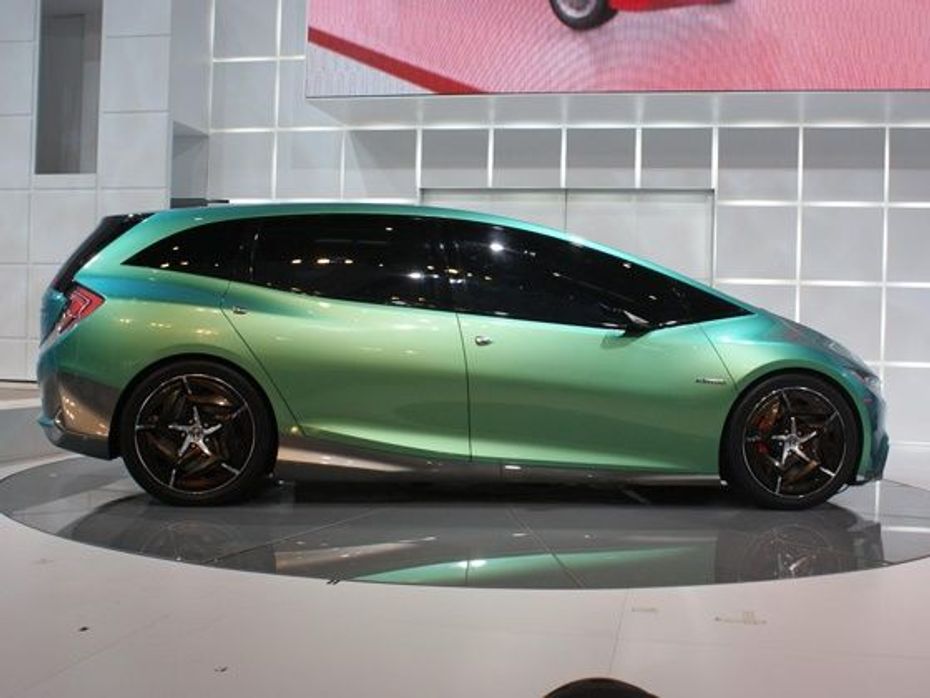
The other reason is that carmakers have to go green in order to maintain a positive image. Data from both our China and India studies show that green vehicles resonate extremely well with our respondents. In India, more than two-thirds of new car buyers are more likely to purchase their next vehicle from a manufacturer with a green rating versus an automaker without a green image
Lastly, owning a green car appeals to most consumers’ inner consciences.
To borrow from Maslow’s hierarchy of needs – what is there to impassion car buyers when they already own the latest luxury car model? When self-esteem is no longer a need, a car that evokes concern for the environment may be the next big thing.
Karma anyone?

3 New Major Design Details Mahindra XUV 3XO Will Pack Over...

Citroen Basalt vs Tata Curvv: Exterior Design Compared

This Tata Car Has Been Announced As The Official Car For IPL 2024

10 New Features Expected In The Upcoming 2024 Mahindra XUV 3XO...

Here’s How Fuel Efficient The 2024 Maruti Suzuki Swift Sold In...

The Fronx Has Been Rebadged! Meet The Toyota Urban Cruiser Taisor,...

Mahindra XUV300 Facelift Teased, Gets A New Name

Toyota Urban Cruiser Taisor : Base “E” Variant Detailed...

Citroen Basalt Vision, Its SUV Coupe For India, Revealed
India's largest automotive community